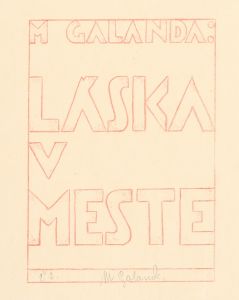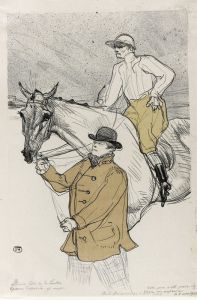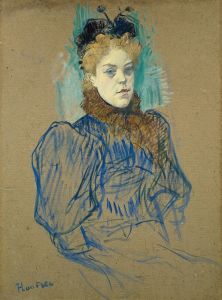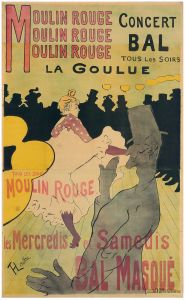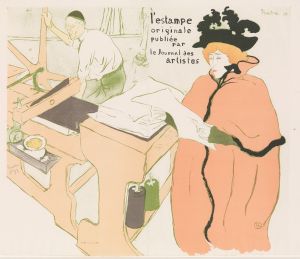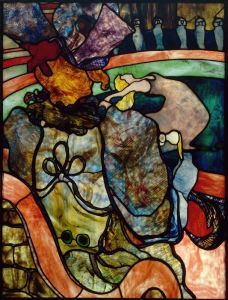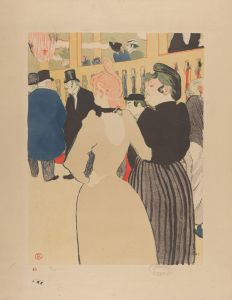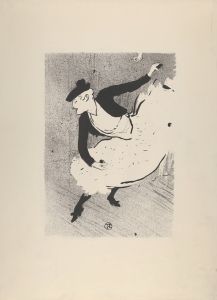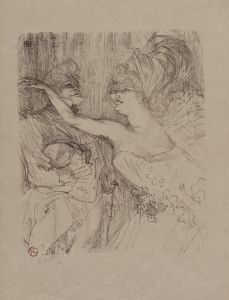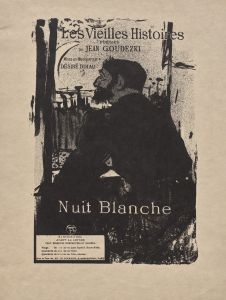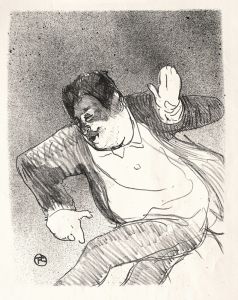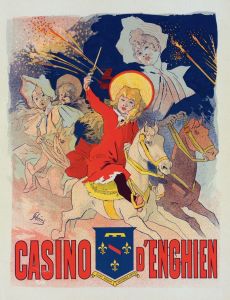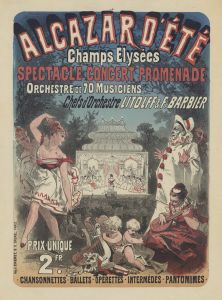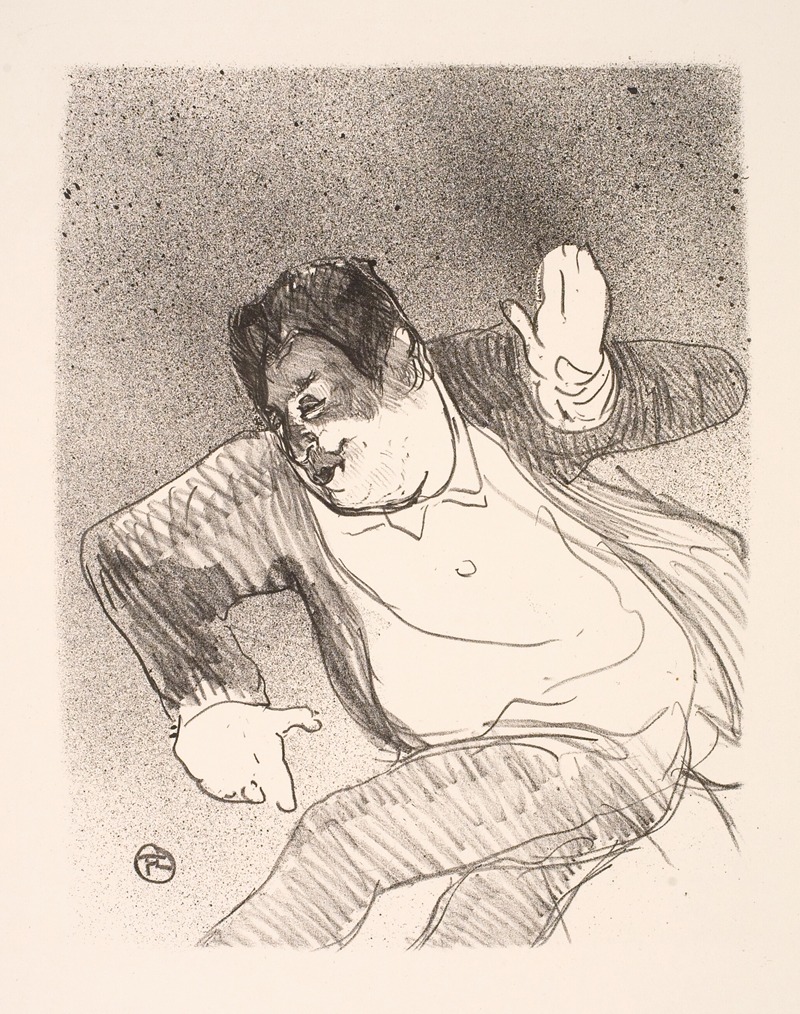
Caudieux, Petit Casino
A hand-painted replica of Henri de Toulouse-Lautrec’s masterpiece Caudieux, Petit Casino, meticulously crafted by professional artists to capture the true essence of the original. Each piece is created with museum-quality canvas and rare mineral pigments, carefully painted by experienced artists with delicate brushstrokes and rich, layered colors to perfectly recreate the texture of the original artwork. Unlike machine-printed reproductions, this hand-painted version brings the painting to life, infused with the artist’s emotions and skill in every stroke. Whether for personal collection or home decoration, it instantly elevates the artistic atmosphere of any space.
Henri de Toulouse-Lautrec, a prominent French painter and illustrator, is renowned for his depictions of Parisian nightlife in the late 19th century. One of his works, "Caudieux, Petit Casino," captures the vibrant and dynamic atmosphere of the entertainment scene during this period. Toulouse-Lautrec's art is characterized by its bold use of color, innovative compositions, and keen observation of human behavior, all of which are evident in this piece.
"Caudieux, Petit Casino" is a lithograph created by Toulouse-Lautrec in 1893. The artwork features the performer Caudieux, a popular figure in the Parisian cabaret scene. Caudieux was known for his comedic acts and was a regular performer at venues such as the Petit Casino, a well-known entertainment spot in Paris. Toulouse-Lautrec's depiction of Caudieux is both lively and expressive, capturing the essence of his stage presence and the energy of the performance.
In this lithograph, Toulouse-Lautrec employs his signature style, which includes bold outlines and a limited color palette, to emphasize the figure of Caudieux. The composition is dynamic, with Caudieux's exaggerated gestures and animated expression drawing the viewer's attention. Toulouse-Lautrec's ability to convey movement and emotion through his art is evident in this piece, as he captures the humor and charisma of the performer.
The Petit Casino, where Caudieux frequently performed, was one of the many venues in Paris that contributed to the city's reputation as a hub of entertainment and culture during the Belle Époque. These venues were popular gathering places for artists, writers, and performers, and they played a significant role in shaping the cultural landscape of the time. Toulouse-Lautrec was a regular visitor to these establishments, and his works provide a vivid record of the people and places that defined this vibrant era.
Toulouse-Lautrec's interest in capturing the spirit of Parisian nightlife was not merely artistic; it was also personal. He was a part of the bohemian community in Montmartre, where many of these venues were located. His works often reflect his fascination with the performers and patrons of these establishments, offering a glimpse into the social dynamics and cultural trends of the period.
"Caudieux, Petit Casino" is a testament to Toulouse-Lautrec's skill as an observer and chronicler of his time. Through his art, he was able to capture the fleeting moments of joy and entertainment that characterized the nightlife of Paris. His works continue to be celebrated for their ability to convey the essence of an era and the personalities that inhabited it.
Today, Toulouse-Lautrec's lithographs, including "Caudieux, Petit Casino," are appreciated not only for their artistic merit but also for their historical significance. They offer insight into the world of late 19th-century Paris, a city that was at the forefront of cultural innovation and artistic expression. Toulouse-Lautrec's legacy as an artist is firmly established, and his works remain an important part of the canon of art history, providing a window into a vibrant and transformative period in European culture.





